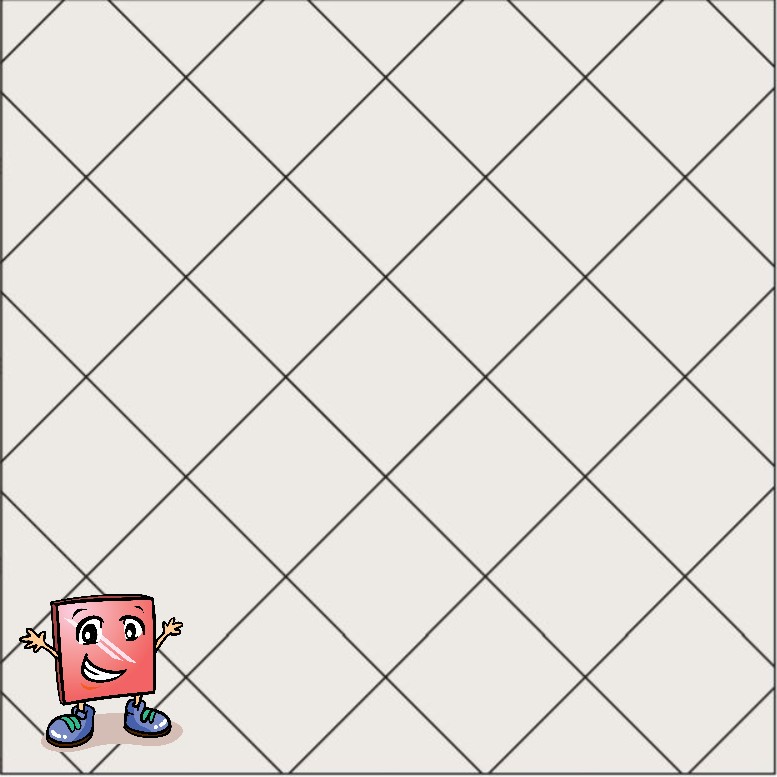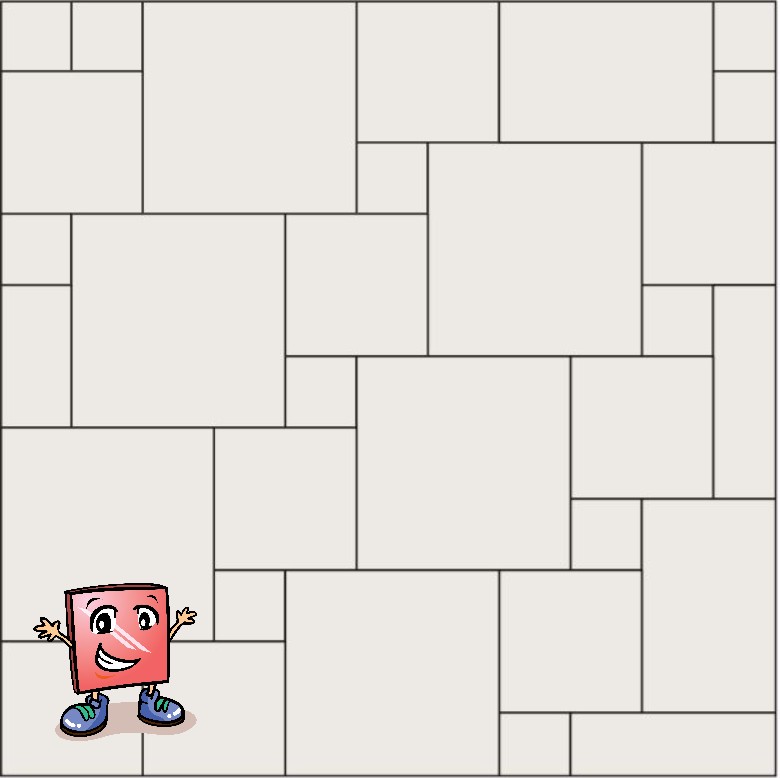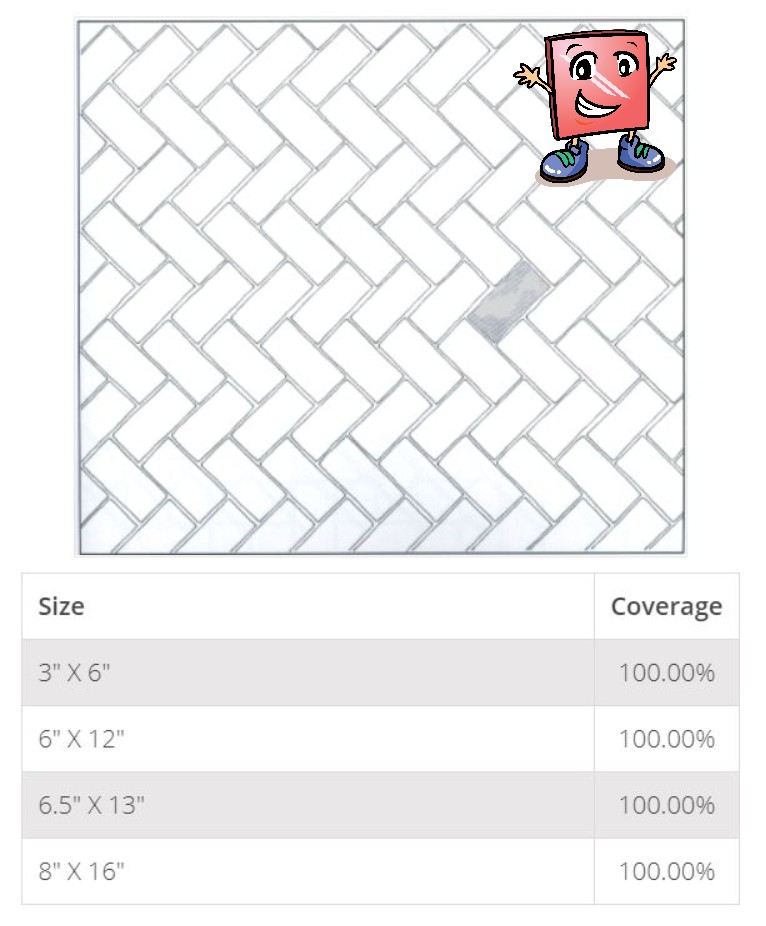How Tile Patterns define your space
Posted by Mike Belk on Oct 05, 2020

Tile patterns are more than just an arrangement of lines and shapes on your floor or walls—they're a powerful tool in interior design. The right pattern can transform a room, making it feel larger, cozier, or more dynamic. Whether you're a homeowner planning a renovation, an interior design enthusiast, or a DIY aficionado, understanding tile patterns can elevate your design game.
The Importance of Tile Patterns in Interior Design
Tiles have been used for centuries, not just for their practicality but also for their decorative potential. In modern interior design, tile patterns play a crucial role in defining the aesthetics of a space. They can draw attention to specific areas, create visual pathways, and even influence how we perceive the size and functionality of a room.
Historic Perspective How Tile Patterns Have Evolved
From ancient mosaics in Roman villas to the intricate designs in Moroccan palaces, tile patterns have a rich history. Historically, tiles were often a sign of wealth and sophistication, with intricate patterns and vibrant colors showcasing the artisans' skills. Over time, the availability of materials and advancements in technology have made tiles more accessible, allowing homeowners to experiment with different patterns and styles.
Types of Tile Patterns and Their Effects on Space
Straight Lay
The straight lay pattern, where tiles are aligned in a simple grid, is classic and straightforward. It creates a clean, modern look that works well in minimalist and contemporary spaces. This pattern highlights the beauty of the tiles themselves, making it ideal for showcasing unique textures or colors.
Diagonal Lay
Diagonal lay involves setting tiles at a 45-degree angle to the walls. This pattern can make a room appear larger and more spacious, as the diagonal lines draw the eye outward. It's particularly effective in small spaces, like bathrooms or entryways, where maximizing perceived space is essential.
Modular Weave
The Modular Weave pattern, also known as French pattern, is a complex arrangement of different-sized tiles. It creates a random, yet harmonious look that adds a touch of elegance and sophistication. This pattern is often used in larger spaces, like living rooms or patios, to create a grand, timeless feel.
Herringbone
Herringbone is a timeless pattern where rectangular tiles are laid out in a zigzag formation. This pattern adds a sense of movement and energy to a room. It's perfect for creating a focal point, such as a feature wall or a backsplash. Herringbone patterns work well with both traditional and modern design elements.
Basketweave
The basketweave pattern mimics the look of woven fabric, with pairs of tiles laid horizontally and vertically in an alternating pattern. This design adds texture and interest to a space without overwhelming it. It's often used in smaller areas, like bathrooms or kitchen backsplashes, to add a subtle touch of detail.
Chevron
Similar to herringbone, the chevron pattern features tiles laid in a V-shaped design. However, in chevron patterns, the ends of the tiles are cut at an angle to create a continuous zigzag. This pattern adds a bold, dynamic look to a space and is perfect for creating statement walls or floors.
The Role of Tile Size in Pattern Selection
Choosing the right size tile is crucial for achieving the desired effect with your chosen pattern. Larger tiles can make a space feel more open and less cluttered, while smaller tiles can add detail and intricacy. When selecting a pattern, consider how the tile size will interact with the space:
- Large Tiles work well in expansive areas, creating a seamless, cohesive look.
- Medium Tiles are versatile and can be used in various patterns to balance design and function.
- Small Tiles are ideal for intricate patterns and detailed areas, adding texture and visual interest.
Practical Tips for Choosing the Right Tile Pattern for Your Space
- Consider the Room's Purpose: Different patterns suit different rooms. For example, a bold herringbone might be perfect for a living room feature wall, while a calming straight lay is ideal for a bedroom floor.
- Think About Scale: The size of your room should influence your tile choice. Smaller rooms often benefit from larger tiles and simpler patterns to avoid feeling cluttered.
- Match Your Style: Your tile pattern should complement your overall design aesthetic. Modern spaces might favor clean, geometric patterns, while traditional homes could benefit from more intricate designs.
- Experiment with Colors: Don't be afraid to play with color! Contrasting grout can highlight a tile pattern, while a monochromatic scheme can create a more subtle effect.
- Use Patterns to Define Areas: In open-plan spaces, different tile patterns can help delineate areas, such as separating a kitchen from a dining area.
Case Studies How Tile Patterns Can Transform Different Rooms
Kitchen
A kitchen backsplash in a bold chevron pattern can become a striking focal point, drawing attention and adding a modern touch. Alternatively, a herringbone pattern can add a classic, timeless feel to the space.
Bathroom
In a small bathroom, a diagonal lay can make the room appear larger and more open. A basketweave pattern on the floor can add texture and interest without overwhelming the space.
Living Room
For a grand statement, consider a Versailles pattern on the floor of a spacious living room. This elegant design adds a touch of luxury and sophistication. Alternatively, a straight lay with large tiles can create a sleek, modern look.
DIY Ideas for Incorporating Tile Patterns in Your Home
- Create a Feature Wall: Use a bold tile pattern, like herringbone or chevron, to create a stunning feature wall in your living room or bedroom.
- Revamp Your Fireplace: Update your fireplace surround with a unique tile pattern, such as basketweave or diagonal lay, to make it a focal point.
- Accent Your Entryway: Make a great first impression by using a striking tile pattern in your entryway or foyer.
- Upgrade Your Bathroom Floor: Experiment with patterns like the diagonal lay or Versailles to add character to your bathroom floor.
- Design a Custom Backsplash: In your kitchen, use a combination of tile patterns to create a custom backsplash that reflects your personal style.
Conclusion The Enduring Impact of Tile
Tile patterns have the power to define and transform your space, offering endless possibilities for creativity and personalization. Whether you're aiming for a modern, minimalistic look or a classic, timeless design, the right tile pattern can help you achieve your vision.
Ready to explore the world of tile patterns and elevate your home design? Our team at [Brand Name] is here to help. Book a consultation with one of our expert designers today and start your journey towards a beautifully designed space.
With this comprehensive guide, you'll have all the knowledge you need to choose and implement the perfect tile pattern for your home. Happy tiling!






